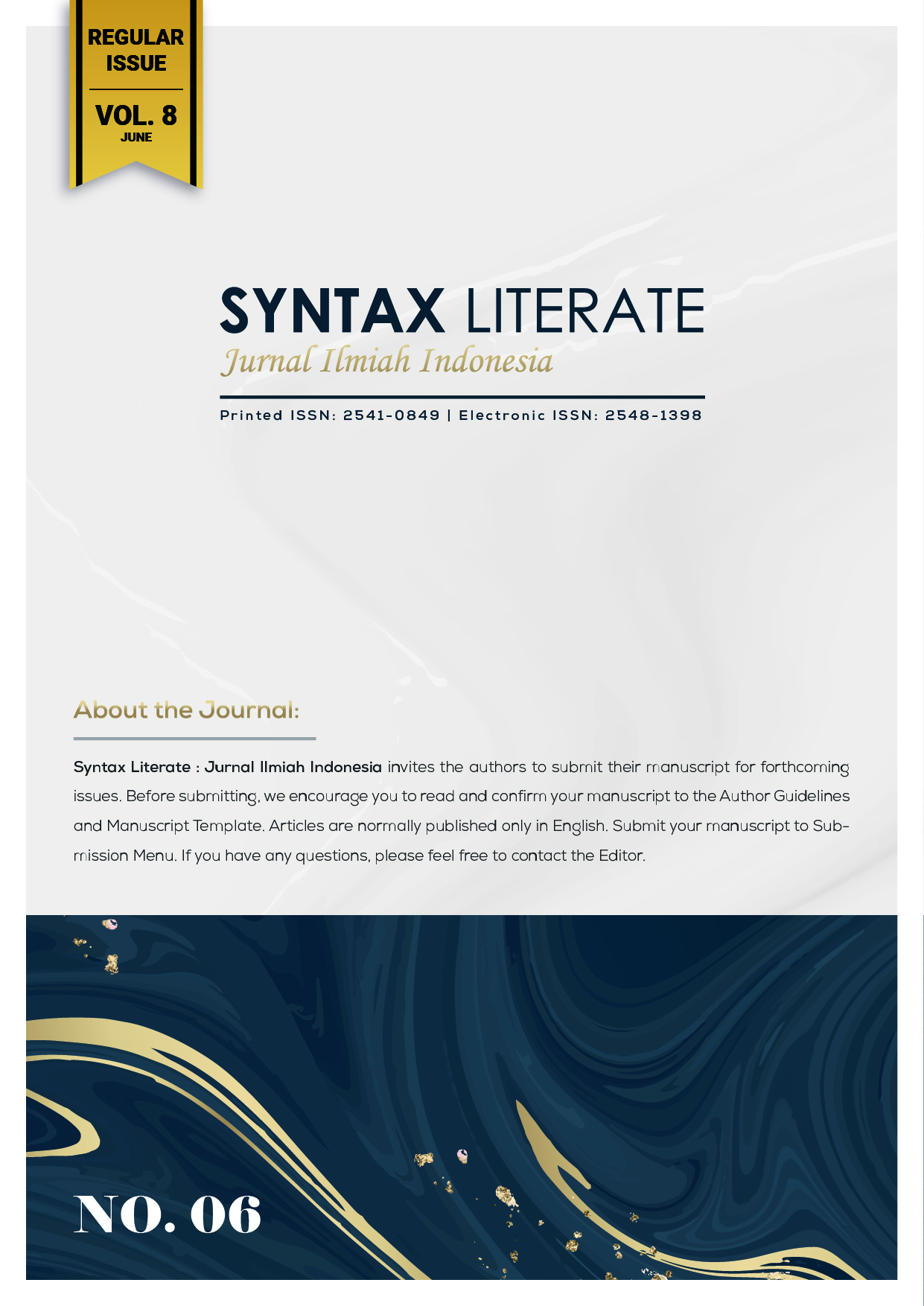Uji Fitokimia, Kapasitas Total Antioksidan, Bslt Serta Kadar Total Fenolik pada Ekstrak Daun Meniran (Phyllanthus Niruri L.)
Abstract
Indonesians believe in a tradition passed from generation to generation about the properties of herbal medicine. Meniran leaf is one of the ber grown in Asia and found in many parts of Indonesia. It contains flavonoids and alkaloid able to stimulate the immune system and antioxidants to combat ROS. Antioxidant can neutralize the effects caused by oxidative stress (a conndition where the is an imbbalance between oxidants and antioxidants in the body). Antioxidants can prevent degenerative diseases and malignancies caused by prolonged oxidative stress. Because of its ability to prevent oxidation, this study uses meniran leaves to further investigate its uses. This study aims to look into meniran leaves’ phytochemical constituents, antioxidant capacity, and toxicity. Meniran leaves extract was made by maseration using methanol, phytochemical screening used Harborne’s method, antioxidant capacity used Blois’ DPPH (1,1-diphenyl-2-picrylhydrazil) method, total phenolic content used Singleton’s method, and toxicity with BSLT. Phytochemical screening of meniran leaf extract determined that it contains alkaloids, flavonoids, cardioglycosides, glycosides, saponins, coumarins, phenolics, quinones, betacyanins, steroids, terpenoids, and tannins. Its antoxidant capacity ((IC50 =81.585µg/mL), total phenolic content (10,295µg/mL), total alkaloid content (13.788 µg/mL), and toxicity (LC50 =170.308 μg/mL) which can be considered to have a cytotoxic effect and categorized as moderate (100 ppm ≤ LC50 ≤ 1000 ppm). In summary, meniran leaf extract has the potential to be an antioxidant with an antimitotic effect
Downloads
Copyright (c) 2023 Ajeng Retno Setiawati, Shirly Gunawan

This work is licensed under a Creative Commons Attribution-ShareAlike 4.0 International License.











